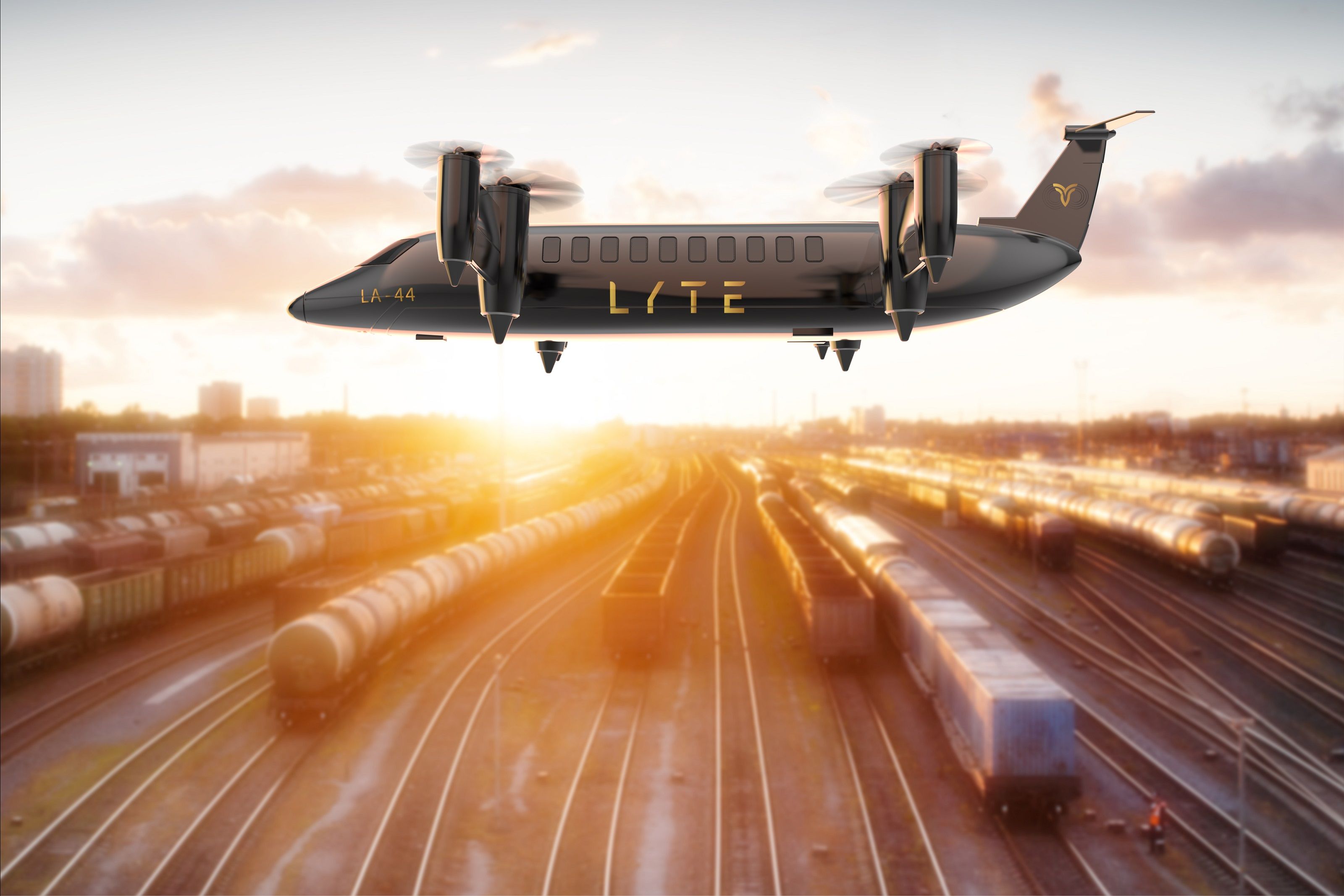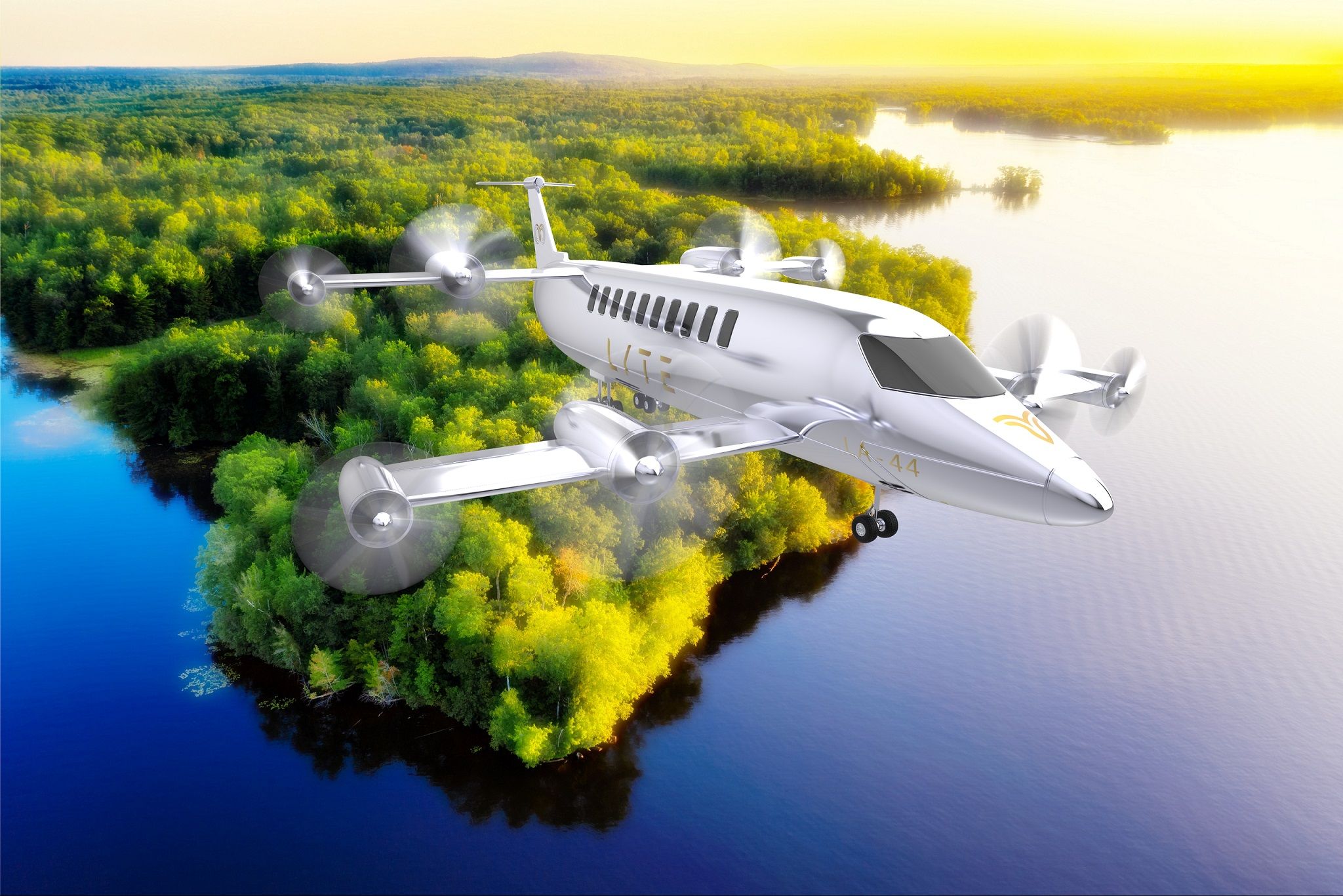In recent years, we have covered a strong mix of upcoming electric vertical take-off and landing (eVTOL) models at Simple Flying. While it’s anticipated that these aircraft will be a staple in commuter transport in the coming years, there are still several opportunities to be had. Thus, London-based LYTE Aviation is looking to offer something different from its competitors with the introduction of its LA-44 SkyBus and SkyTruck.
Plenty of space
Before diving into specifics, the 40-seat capability of the SkyBus already stands out. Other major eVTOL projects concentrate on a far smaller seating capacity. For instance, Vertical Aerospace's VX4 will be deployed with four passenger seats, while Lilium's jet will arrive would be able to transport six passengers.
Several of these companies primarily focus on models based on existing ground taxi passenger segments. However, LYTE Aviation sees the opportunity to cater to larger passenger segments.
Get the latest aviation news straight to your inbox: Sign up for our newsletters today.
Mass transit solution
LYTE Aviation founder and CEO Freshta Farzam explained the following to Simple Flying in an interview this week:
“We are catering primarily to passengers without luggage. They would travel for work and perhaps live 100 to 200 km away in some rural areas. They could jump on the SkyBus and go to work and come home without having to drive for an hour or two. It would bring rural and urban areas closer together. It's a similar concept to Hyperloop, so that's going to help passengers hop on and hop off.”
There is also room for expansion amid the 1,000 km (540 NM) and the 300 km/h (186 mph) abilities of the eVTOL aircraft. After building a presence in major cities, we could see longer routes deployed across countries to bring swifter and greener national transport systems.
After all, LYTE is looking at the design features of two separate propulsion systems. One approach is electric, supported by hydrogen fuel cells. Meanwhile, the other is a turbine powered by jet fuel/sustainable aviation fuel (SAF). Overall, the LA-44 features hybrid electric tandem tilt-wing design, and a full-scale prototype is set to be produced over the next two years.
Get all the latest aviation news right here on Simple Flying.
Covering all angles
It’s not only the passenger market that LYTE is looking to disrupt. The SkyBus is being complemented by the 4.5-tonne payload SkyTruck cargo model. The goal is for the SkyTruck to deliver time-sensitive freight quicker from point to point without depending on runways. It will cater to both onshore and offshore industries.
There will undoubtedly be plenty of work to do amid the building of an infrastructure to implement urban air mobility (UAM) networks that can support such large eVTOLs. Still, LYTE is already working with key aviation stakeholders. It is partnering with satellite communication powerhouse Inmarsat and aerospace design firm Inflight Canada to help get the plans in motion.
Farzam anticipates that the aircraft will be in service by the time the 2030s are in full swing. She hopes that both the SkyBus and SkyTruck will open new horizons for travel.
What are your thoughts about LYTE Aviation’s plans? What do you make of the prospects of the eVTOL industry? Let us know what you think in the comment section.


